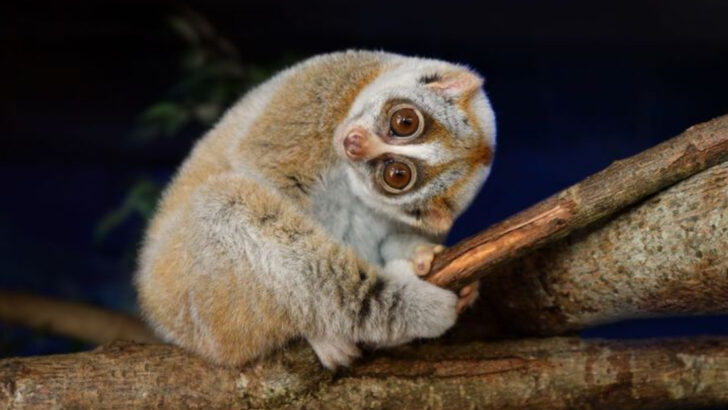They look like monsters—but some of them just want a nap. From snarling eels to dogs the size of bears, these fierce-looking creatures might have you backing away slowly. But don’t be fooled by the fangs, claws, or death stares—some are total softies. They’re more interested in sunbathing or cuddling than confrontation. And then there are the tricksters. Cute, calm, even majestic at first glance—until they snap, hiss, sting, or charge. These are the animals that play it sweet… until it’s too late. The kind you’d never suspect could ruin your day. This list has both: the gentle giants and the beautifully dangerous. So whether you’re the type to hug the beast or run from the bunny, you’re in for a wild ride.
Great Dane

With a heart as large as its massive paws, the Great Dane is a gentle giant. Despite its imposing stature, this breed is known for its affectionate and calm demeanor, often described as a “couch potato.” Great Danes thrive in family environments, where they can be both a watchful protector and a loving companion. Historically, they were bred for hunting boars but have since evolved into one of the most beloved family pets. Their gentle nature and loyalty make them perfect for homes with children, where they can serve as both a guardian and a friend.
Tarantula
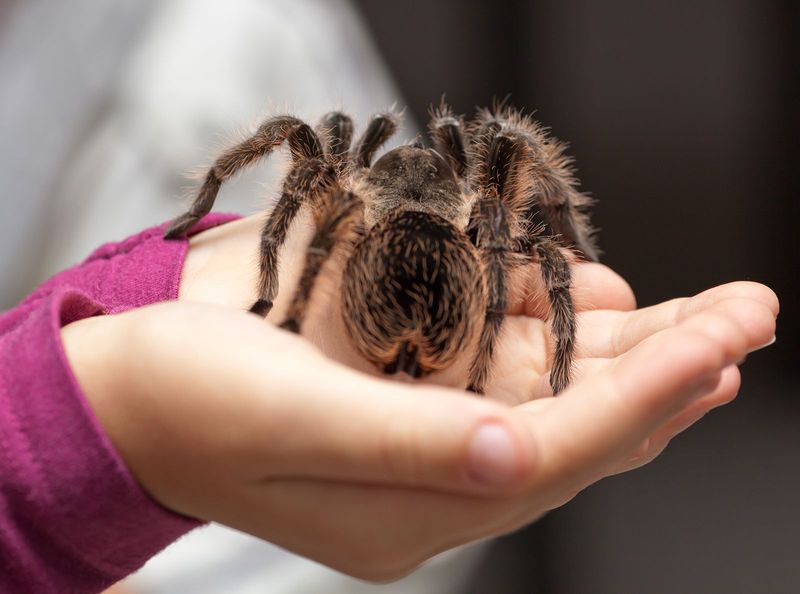
The tarantula, with its hairy legs and formidable appearance, is often the stuff of nightmares. However, these eight-legged creatures are generally harmless to humans. Tarantulas are shy and prefer solitude, only resorting to biting when they feel threatened. Their venom is weak compared to that of other spiders, resembling a bee sting. Despite their fearsome look, tarantulas play an essential role in controlling insect populations. Many enthusiasts even keep them as pets, appreciating their unique beauty and fascinating behaviors. Their presence in your garden is more a boon than a bane, as they are gentle pest controllers.
Bison
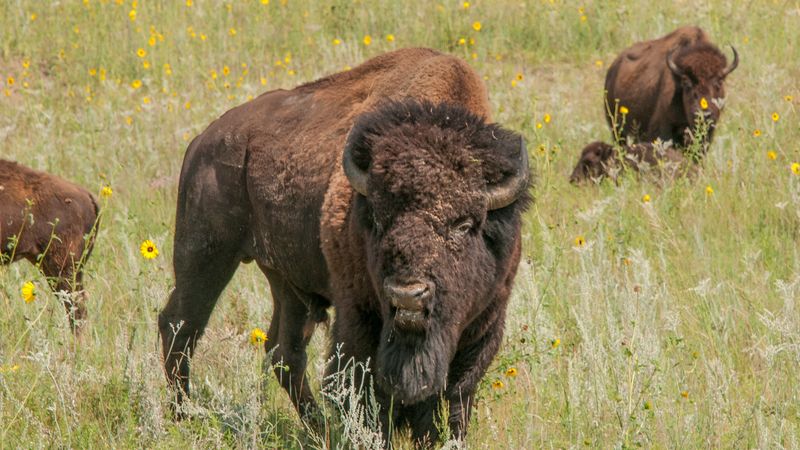
The bison, North America’s largest land mammal, cuts an intimidating figure with its massive build and muscular hump. Yet, these iconic creatures are surprisingly placid, often seen grazing peacefully. Bison prefer to avoid confrontation and will usually move away from intruders unless provoked. Their history is deeply intertwined with Native American culture, symbolizing strength and unity. Despite their calm demeanor, it’s crucial to respect their space, as bison can become aggressive if threatened. Observing these majestic animals in the wild offers a glimpse into a bygone era of the Great Plains, where they once roamed in vast numbers.
Moray Eel
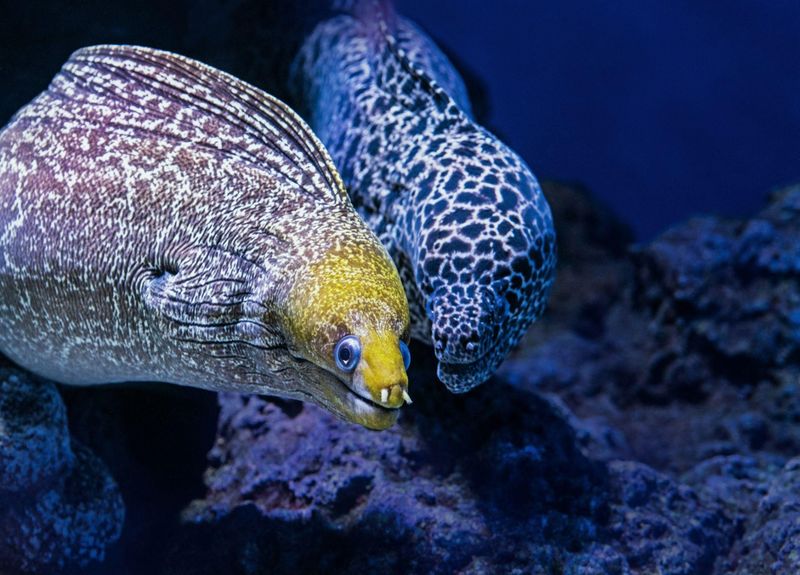
The moray eel’s menacing appearance, with its sharp teeth and gaping mouth, belies its non-aggressive nature. This marine predator uses its open mouth not as a threat but as a way to breathe. Morays are generally shy, preferring to hide in crevices and ambush their prey. They are more likely to retreat than attack when encountered by divers. Found in warm, tropical waters, these eels boast a diversity of colors and patterns. Their role in the marine ecosystem is crucial, as they help maintain the balance of species on coral reefs. Their presence is a testament to the ocean’s mysterious beauty.
Mastiff

With its broad head and deep bark, the Mastiff might seem like the quintessential guard dog. Indeed, this breed has been used for protection for centuries. Yet, beneath this formidable exterior lies a heart full of love and a gentle spirit. Mastiffs are known for their loyalty and are often described as “gentle giants.” They thrive in family settings, forming deep bonds with their human companions. Despite their size, they are patient and tolerant, especially with children. Their calm and affectionate nature makes them not only excellent guardians but also beloved family pets.
Komondor (Hungarian Sheepdog)
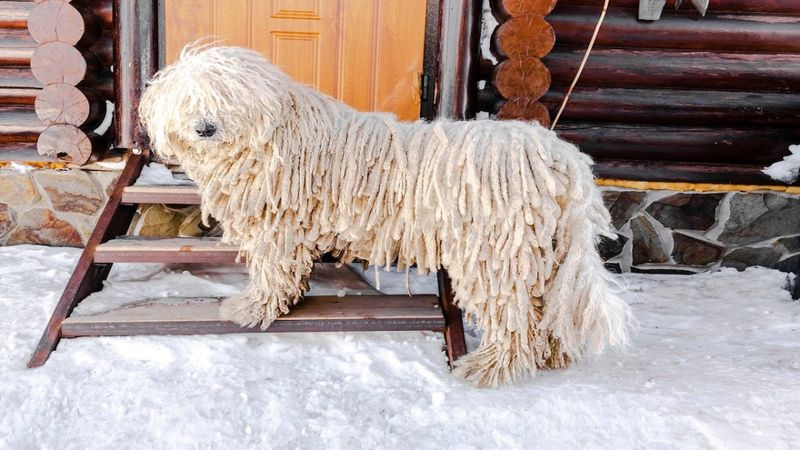
The Komondor, with its unique corded coat resembling a mop, is a striking sight. This Hungarian breed has been a loyal protector of flocks for centuries. Despite their fierce appearance, they are calm and devoted companions. Komondors are known for their bravery and independence, yet they are gentle with their charges. They require firm, consistent training and socialization from a young age to harness their protective instincts. These dogs are happiest in environments where they have a job to do, ensuring the safety of their herd or family. Their distinctive look and loyal nature make them stand out among other breeds.
Shoebill Stork
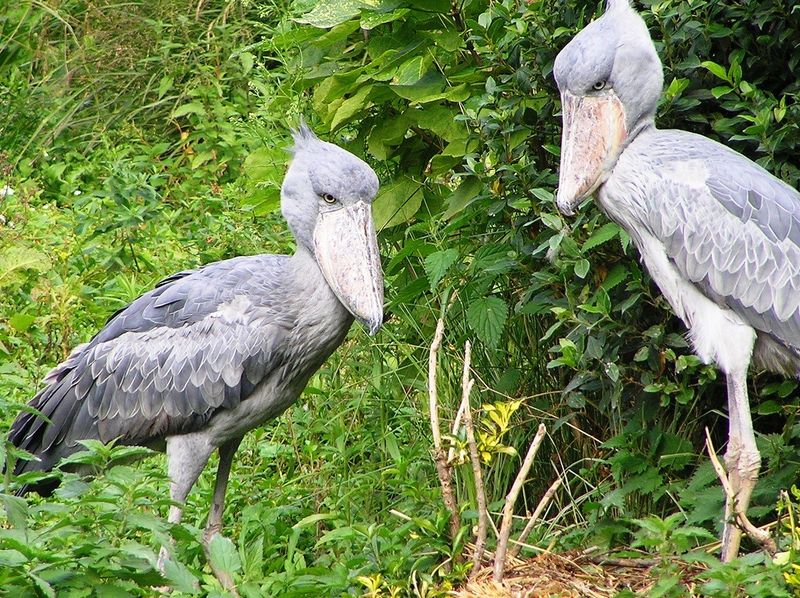
With its prehistoric appearance and unsettling stare, the Shoebill Stork seems like a creature from another time. Despite its imposing look, this bird is known for its calm and patient demeanor. Found in the swamps of East Africa, Shoebills are solitary hunters, often standing motionless for hours. Their eerie silence and stillness are their greatest assets in catching prey. While they may appear intimidating, these storks are not aggressive towards humans. Birdwatchers are often captivated by their unique behavior and striking features. Observing a Shoebill in its natural habitat is a mesmerizing experience, revealing the quiet beauty of wetlands.
Whip Scorpion (Vinegaroon)
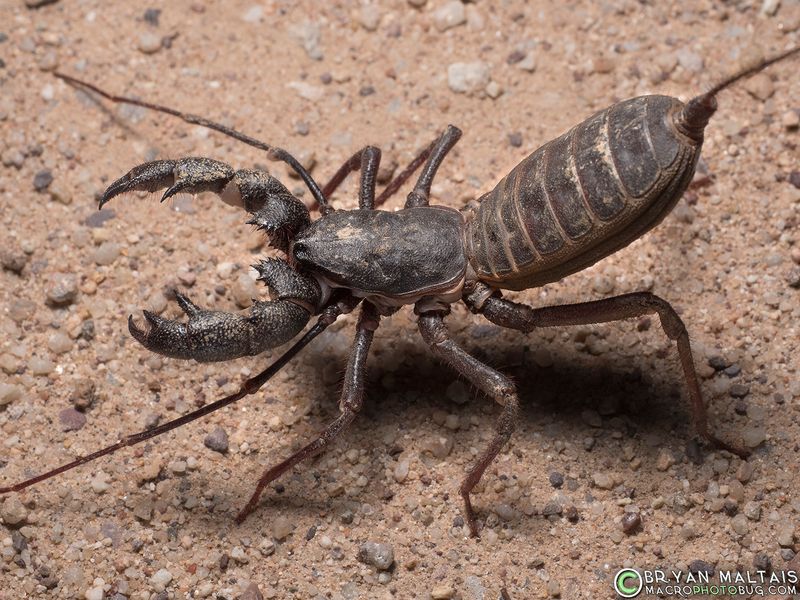
The whip scorpion, despite its fearsome name and appearance, is harmless to humans. Also known as the vinegaroon, this arachnid uses its whip-like tail not as a weapon but to spray a vinegar-scented liquid for defense. Found in arid regions, they are nocturnal hunters of insects. Unlike true scorpions, whip scorpions lack venom, making them harmless despite their intimidating look. Their presence is beneficial, as they help control pest populations. Often misunderstood, these creatures are a fascinating example of nature’s diversity. Their unique adaptations and non-aggressive nature make them intriguing subjects for naturalists and arachnid enthusiasts alike.
Nile Monitor Lizard
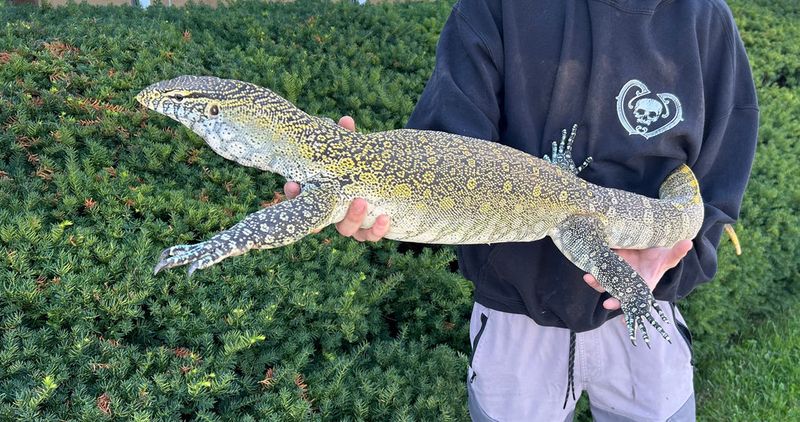
The Nile Monitor Lizard, with its sleek, muscular body, presents a formidable presence. However, these reptiles are not as aggressive as their appearance suggests. Native to Africa, they are often found near water bodies, basking in the sun. Monitors are more likely to flee than confront threats, using their agility to escape potential danger. They play a crucial role in their ecosystem, controlling populations of smaller animals. While they can defend themselves if cornered, Nile Monitors prefer a peaceful existence. Their ability to adapt to various environments highlights their resilience and importance in maintaining ecological balance.
Camel

Camels, known for their grumpy appearance and occasional spitting, are actually quite sociable within their herds. These “ships of the desert” have been indispensable to human travel and trade across arid regions for centuries. Camels can carry heavy loads over long distances, showcasing their incredible endurance. Despite their sometimes ornery demeanor, they are generally peaceful creatures, content to plod along at their own pace. Their ability to survive harsh desert conditions is legendary, making them symbols of resilience. Understanding camels requires looking beyond their exterior to appreciate their indispensable role in the desert ecosystem.
Slow Loris
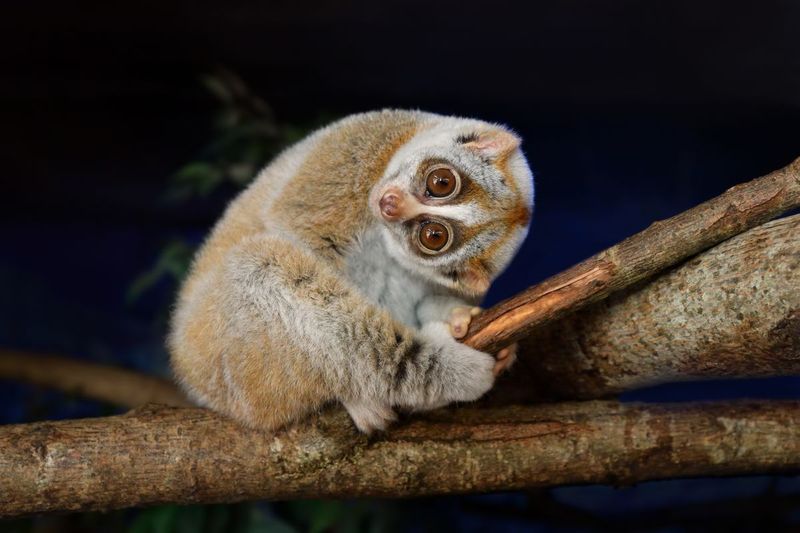
With its wide, innocent eyes, the Slow Loris appears to be the epitome of cuteness. However, this nocturnal primate harbors a hidden danger: a toxic bite. Native to Southeast Asia, the Slow Loris produces venom from glands on its elbows, which it activates by licking before delivering a bite. Despite its dangerous secret, the Slow Loris is a shy and solitary creature, often moving slowly through the trees in search of food. Its endearing appearance makes it a target for illegal pet trade, though it is ill-suited to captivity. Conservation efforts focus on protecting these vulnerable animals in their natural habitats.
Swan
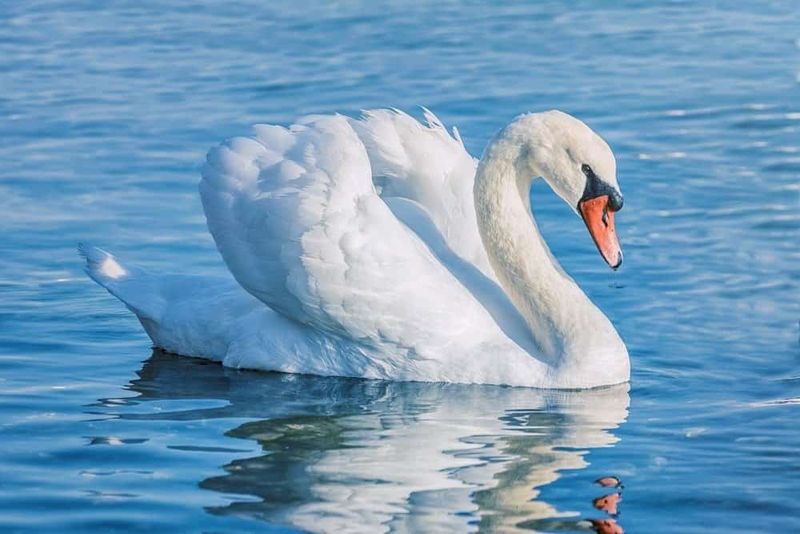
Swans, with their elegant appearance and graceful movements, are often associated with peace and beauty. However, these birds can be fiercely territorial, especially during breeding season. Known to aggressively defend their nests, swans will vigorously chase away intruders with powerful wings. Despite their aggressive tendencies, swans are devoted partners and attentive parents. Their beauty and grace make them iconic symbols in art and literature. Observing swans requires a respectful distance, as their protective instincts are strong. In the tranquil setting of a lake, their presence is a reminder of nature’s blend of beauty and strength.
Wolverine
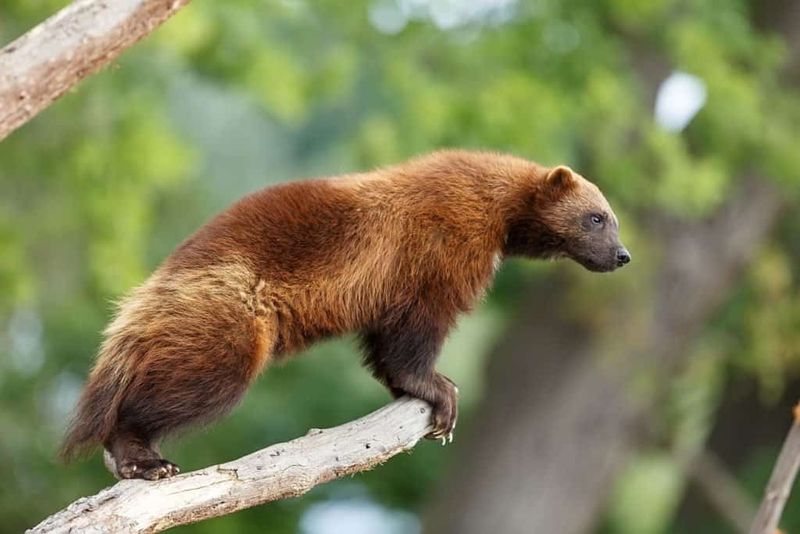
Despite its resemblance to a small bear cub, the wolverine is a formidable predator. Known for its relentless nature, this solitary carnivore can take down prey much larger than itself. Wolverines roam vast territories in search of food, often covering great distances in harsh climates. They possess remarkable strength and tenacity, traits that have made them legendary in the animal kingdom. While their fierce reputation is well-earned, wolverines are elusive and rarely seen by humans. Their role as scavengers and predators is vital in maintaining the balance of their ecosystem. Their presence in the wild is both a marvel and a warning.
Cassowary
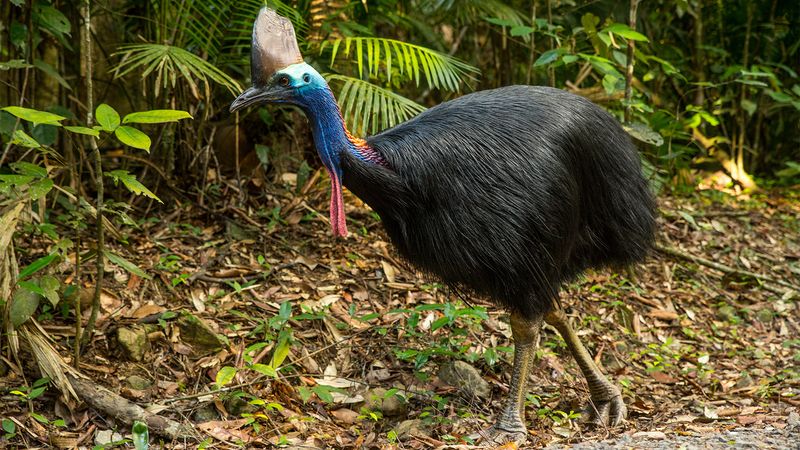
The cassowary, with its striking blue neck and horn-like casque, is a bird that commands attention. Native to the rainforests of New Guinea and Australia, it is regarded as one of the most dangerous birds in the world. While cassowaries are typically shy, they can become aggressive if threatened, using their powerful legs and sharp claws to defend themselves. Despite their fearsome reputation, these birds are essential to their ecosystem, dispersing seeds through their droppings. Their vibrant appearance and ancient lineage make them fascinating subjects of study. Observing a cassowary in the wild is a reminder of nature’s beauty and danger.
Leopard Seal
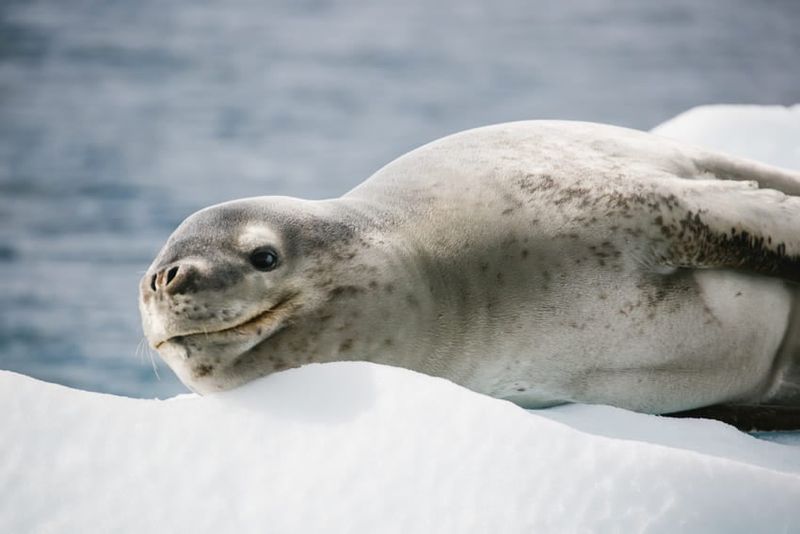
Leopard seals, with their sleek bodies and spotted coats, are the apex predators of the Antarctic waters. Despite their playful appearance, they are formidable hunters, preying on penguins and other seals. Known for their curiosity, leopard seals often approach humans, sometimes displaying aggressive behaviors. Their adaptability and hunting prowess make them key players in the marine ecosystem. Observing these seals in their icy habitat offers a glimpse into the harsh realities of life in the Antarctic. While they may seem approachable, leopard seals are wild animals deserving of respect and caution. Their presence is a testament to the rugged beauty of the polar regions.
Honey Badger
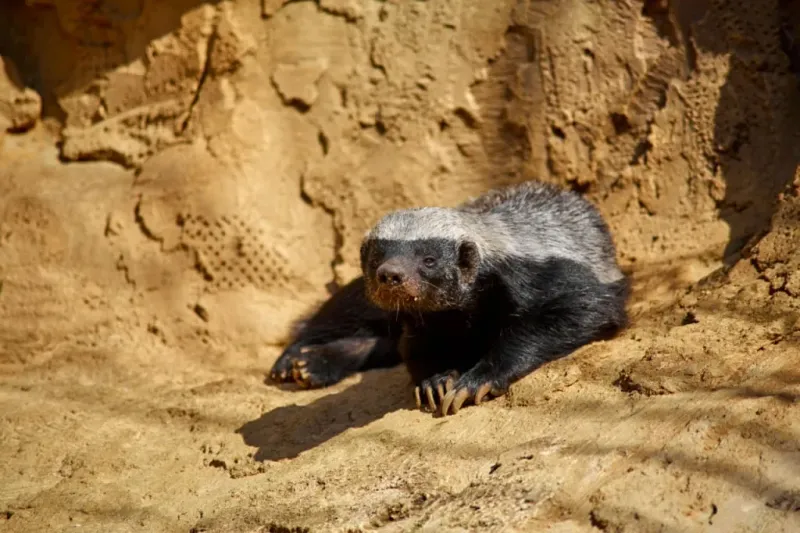
The honey badger, known for its tenacity and fearlessness, is a creature that defies its small stature. Found in Africa and parts of Asia, it is renowned for its ability to fend off much larger predators, including lions. Despite its cute appearance, the honey badger possesses sharp claws and strong jaws, enabling it to raid beehives and prey on venomous snakes. Its reputation as one of the most fearless animals is well-earned, as it will attack without hesitation when threatened. Observing a honey badger in the wild is a testament to its unyielding spirit and the complexity of nature’s survival strategies.

